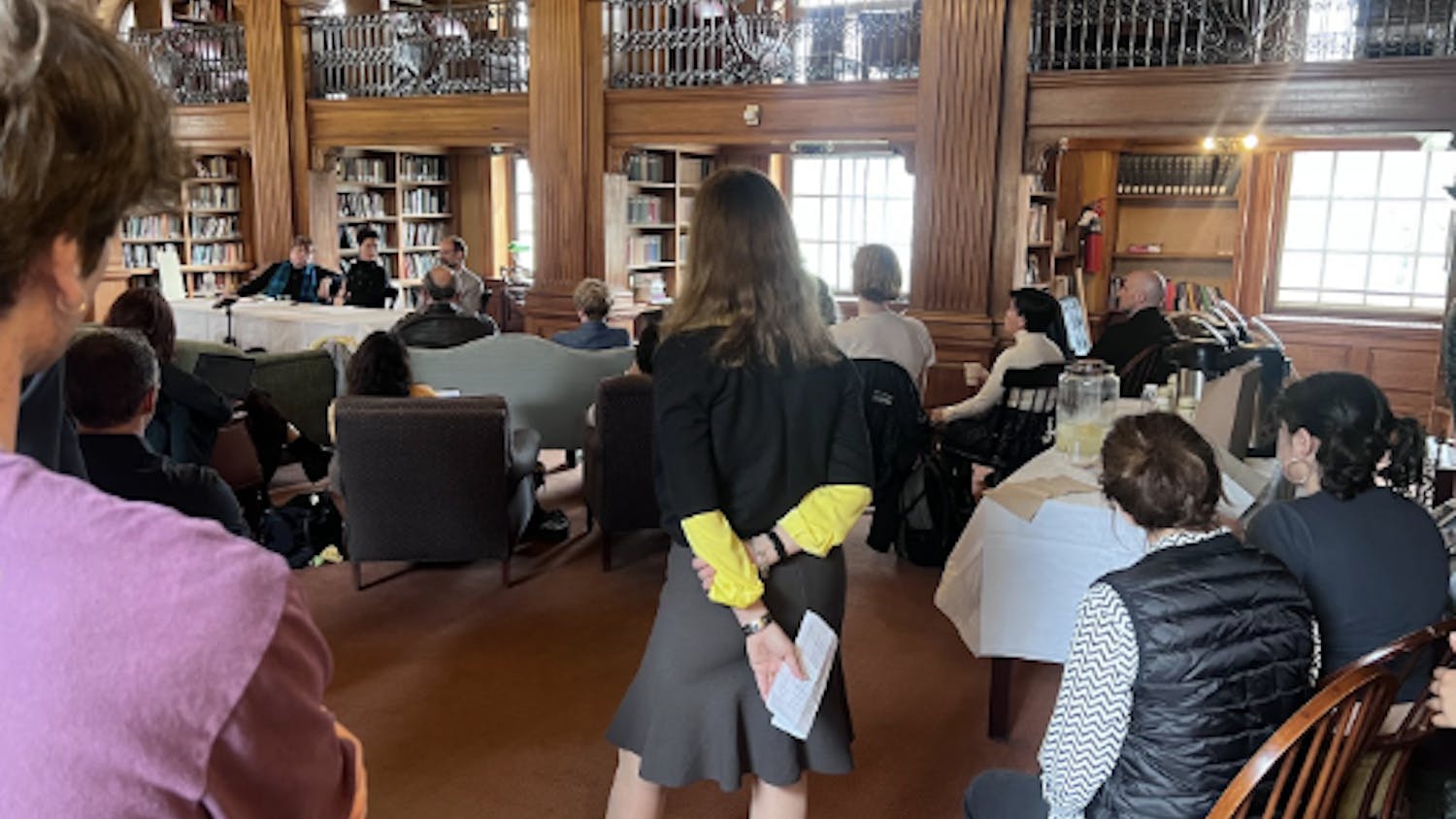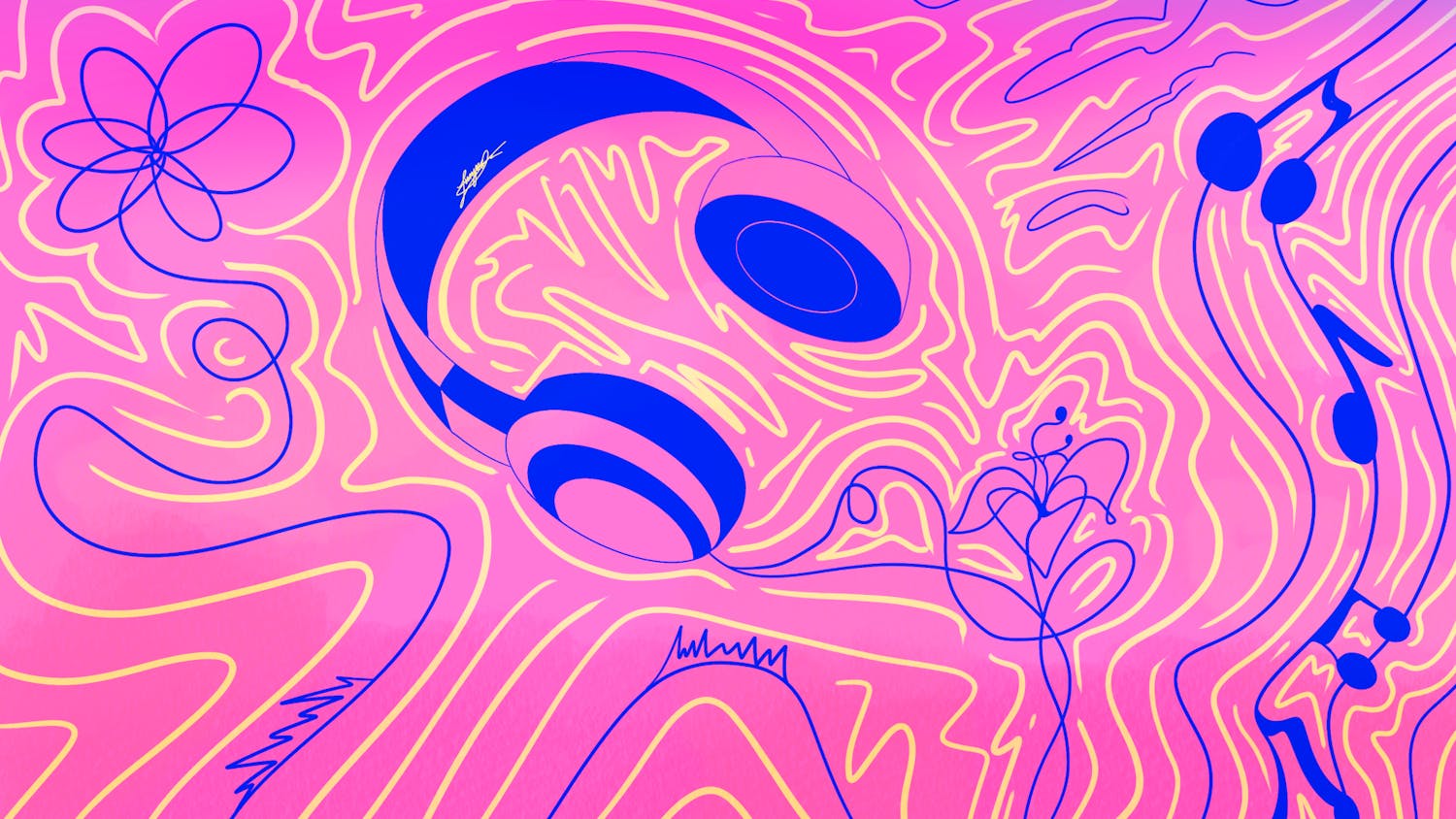Images often speak much louder than words. In describing history, photographs tell many stories, both personal and universal, about the scenes they capture and about the people they depict.
Inherent in photography, too, are the photographers themselves. Each photographer is necessarily part of the history immortalized through his or her camera lens. In terms of African-American history in particular, these photographers have not only documented black life in America, but have also become active and essential participants in it.
In a new exhibition, "Reflections in Black: Art and Activism," the Hood Museum of Art presents a series of photographs showcasing familiar scenes such as those of the civil rights movement alongside the more mundane depictions of everyday life in the African-American community.
The exhibition hopes to illustrate that this cultural history, as represented through the photographers' eyes, incorporates every African-American, from a political activist to someone eking out a life in the rural south.
"Reflections in Black" is a three-part traveling exhibition of photographs from the Smithsonian Institution. The collection of images proposes to comprehensively present the history of black photographers from 1840 to the present day.
"This exhibition is really groundbreaking in that it is the first time anyone has looked at the whole history of black photography," Juliette Bianco '94, Hood exhibitions manager, said.
The Hood Museum of Art has selected for its galleries the middle section in this history, comprising the social activism of the 1950s and 1960s to the photojournalism of the 1980s and 1990s. Though the stories portrayed in the photographs are important in terms of this historical timeline, the photographers are the focus of this exhibition.
During the social activism of the mid-20th century, photography became a major form of activism, and photographers became prominent activists as a result of their work. This exhibition presents the first time black photographers have been recognized for their inextricable role within the history they recorded for the world to see.
The civil rights themes prominent in the Hood's component of "Reflections in Black" deliberately align with this year's celebration of Martin Luther King, Jr. Day. The museum hopes the exhibition will become a useful and timely part of the campus discussion surrounding King and the civil rights movement.
Though this is an exhibition of the photographers and not the events depicted in their work, the force these images have in recreating African-American history is inescapable. These are not imagined, creative reinterpretations of a cultural history. The photographs are unaltered, capturing the essence of the moment in which they were taken.
"This photography surrounds you with the power of what was happening at the time," Bianco said.
Indeed, the photographers in the exhibition devote themselves to documenting a history evocative of everything occurring at the time. History, these photographers remind us, entails the ordinary just as much as the celebrated events.
The big events and movements are, of course, indispensable to the history of which these photographers are part. Take Robert L. Haggins, for instance: his photographs include such key players in modern history as Malcolm X, Muhammad Ali and other members of the Nation of Islam. Haggins' photographs immerse the viewer in the crowds surrounding his central figures. In this way, the viewer can experience these scenes from Haggins' intimate and unique perspective.
"We are seeing these pioneers through the eyes of their peers," Bianco said.
Other photographers, like Jack T. Franklin and Jonathan Eubanks, present moments that have become embedded in the nation's collective memory. From pictures of the 1963 March on Washington to images of Black Panthers, these photographers promote the civil rights cause through their photographs, bringing these scenes to national attention and reminding subsequent generations of the prejudices that ran so rampant in the past.
Whereas social injustice and segregation remain major themes in these '50s and '60s photographs, this same era reveals the seemingly incongruous, growing appeal of traditionally African-American music, namely jazz. Though the larger black community still fights for its equal rights in photographs of the time, photographers, including Bob Moore and Charles Williams, tap into the mainstream acceptance of black celebrities, such as jazz vocalist Sarah Vaughan, artist Charles White and bandleader Duke Ellington.
For younger generations, the exhibition's later photographs prove that the scope of history need not extend too far into the past and that history is always being made. The relatively recent events of the 1980s and 1990s reveal themselves now as poignant and didactic images even in the greater realm of African American history.
Most will remember the Promise Keepers and the Million Women's March. Everyone, it
REFLECTIONS from page 9
seems, has experienced rap music in one form or another. Certainly, photographers have captured this continued activism and these new artistic movements, cementing their visual places in African-American history.
The photographers of the past two decades take on the role of social activist and archivist through divergent means from those of their predecessors. Recent photography has taken particular interest in the social landscape of America.
"These photographers become activists by photographing their own families and their own communities. They are creating a more intimate sense of black identity in the United States," Bianco said.
These photographers delve into what it means to be black in America today, trying to incorporate as many facets of modern society as they can into their images. Some, like Keith Calhoun and Chandra McCormick, present everyday scenes of New Orleans sugar-cane workers. These vignettes of social customs include funeral scenes, baptisms and men and woman at work on the plantation.
Other photographers, like Lou Jones, capture even the most unlikely images that make up African-American history. In the historical sense, these photographers become the excavators of an often-underrepresented world.
In his "Death Row" series, Jones takes his viewer deep inside the prison walls, giving emotional breadth and historical permanence to his 27 convicted sitters, six of whom have been executed since the photographs were taken back in the mid-'90s.
"Reflections in Black" acknowledges that these photographers are not merely documenting the history of the black community in America but are also fundamental parts of that history as well.
These photographers witness and report history in the making each day, capturing moments that are embedded deep within the nation's history, ingraining these images, however mundane or momentous, in our memories forever.



